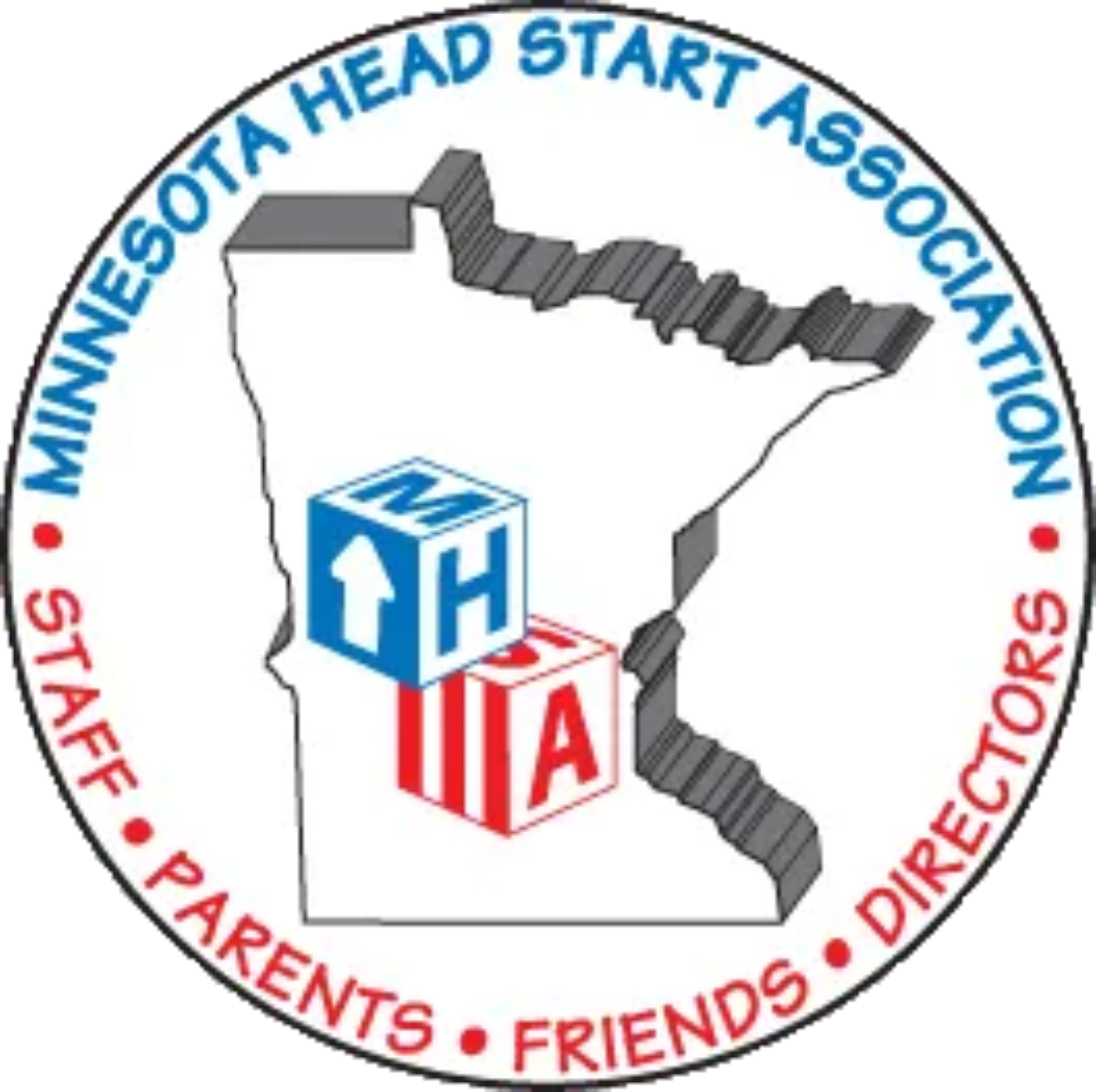Recent news reports indicate there is still confusion over who is entitled to an Economic Impact Payment. Last week, the Internal Revenue Service (IRS) disbursed funds to 80 million people through direct deposits. Still, tens of millions more eligible Americans have yet to receive their money.
Earlier this week, Chuck Marr, senior director of federal tax policy at the Center on Budget Policy and Priorities, told The Hill, “People are losing their jobs, they’re frustrated, they’re scared.” But Marr adds that the IRS is “making a strong effort” to get everyone their payment as soon as possible.
Who Is Eligible?
To clear up any confusion of who is eligible for an Economic Impact Payment, the IRS and Federal Trade Commission (FTC) are reminding everyone that there are four primary categories for adult US residents that meet the established income guidelines. These categories are:
1) Taxpayers – People who filed a federal tax return for tax years 2018 or 2019.
2) Retirees – Anyone who receives Social Security (SSA), Railroad Retirement Benefits (RRB), or other retirement benefits.
3) Beneficiaries – Those who receive public benefits such as Social Security Disability Insurances (SSDI), Supplemental Security Income (SSI), or veterans’ benefits.
4) Non-filers – People who are not required to file a federal tax return including those whose annual income is less that $12,000 per year ($24,000 for married couples).
For each qualifying child (defined as a dependent under 17 years old with a social security number), eligible adults are entitled to an additional $500 per child. For those receiving SSDI, SSA, or RRB benefits who did not file a tax return in either 2018 or 2019, the deadline to register qualifying children has passed. By law, that additional $500 per child will be paid upon filing a tax return for 2020.
What to Do to Get Your Economic Impact Payment
The majority of Americans won’t have to do anything to receive their Economic Impact Payment. The IRS will utilize the same method used to send your tax refund, social security payments, retirement, or other government benefits. These methods include direct deposit, Direct Express debit card, and a paper check via US Mail. If you are concerned that the IRS doesn’t currently have your direct deposit information, you may access Get My Payment feature at irs.gov to submit those details.
For those who did NOT file a tax return in 2018 or 2019 and who do NOT receive SSA, SSDI, VA or RRB benefits, please visit the Non-Filer portal to determine what, if anything, you need to do to receive your payment. SSI and VA beneficiaries are also able to utilize the Non-Filer portal in order to register their qualifying children.
For detailed instructions on “how to use the tools on irs.gov to get your economic impact payment,” visit the IRS webpage. For a comprehensive database on all things related to Economic Income Payments, please visit Community Action’s dedicated webpage.










